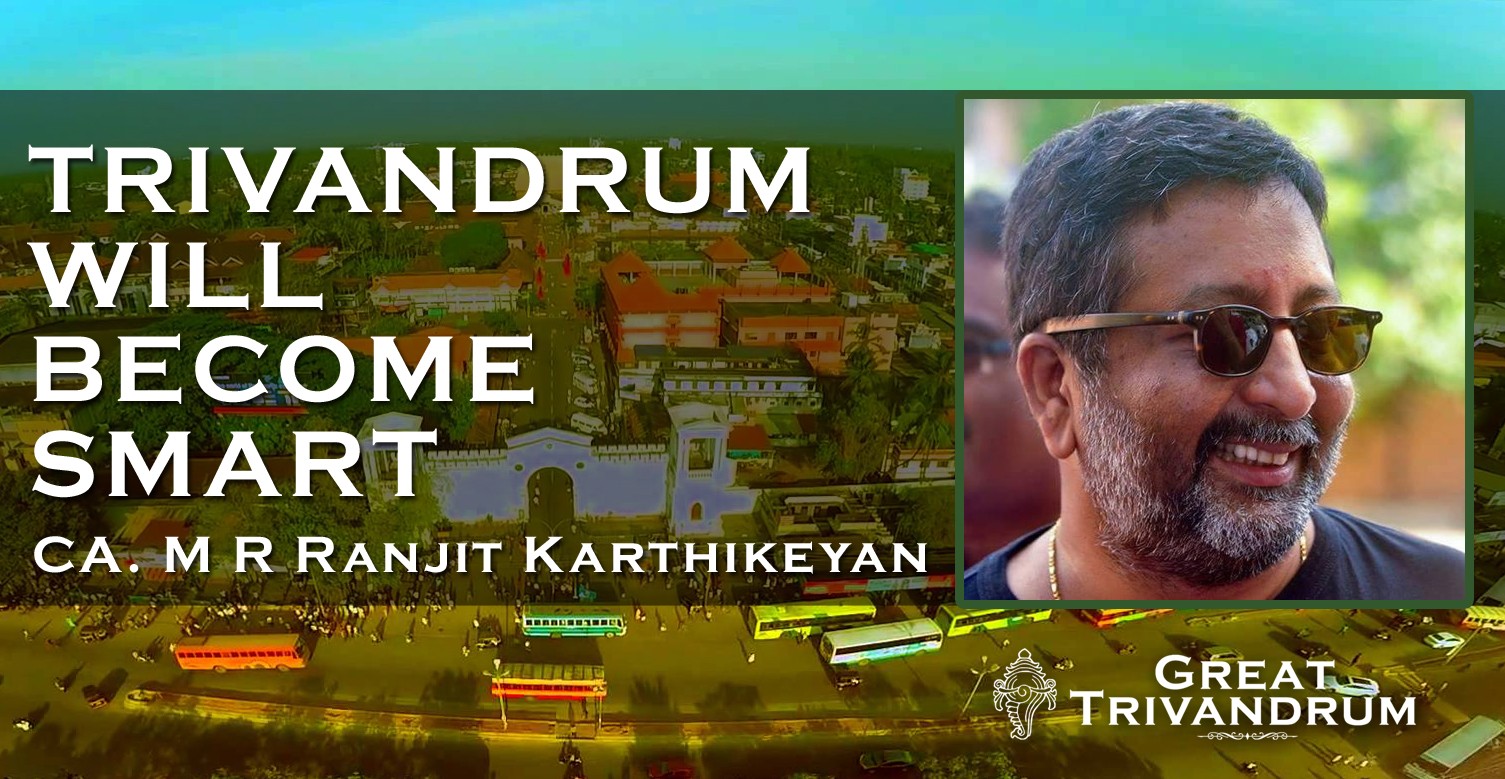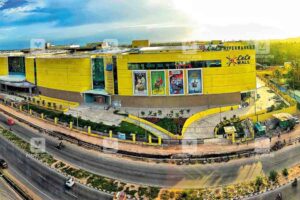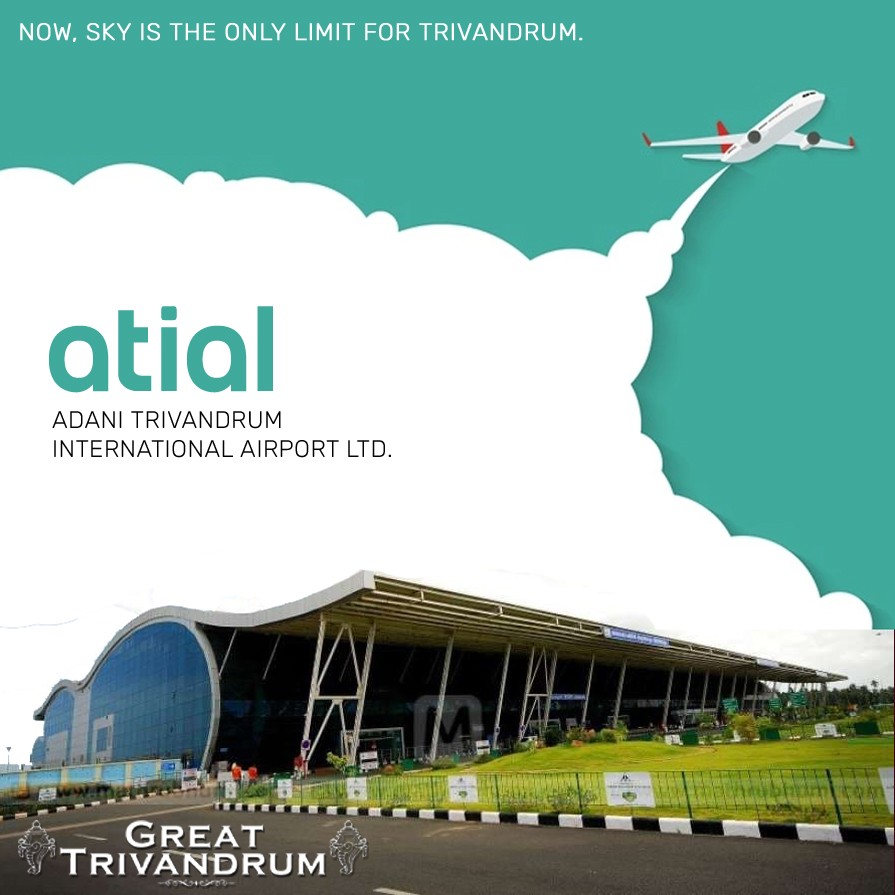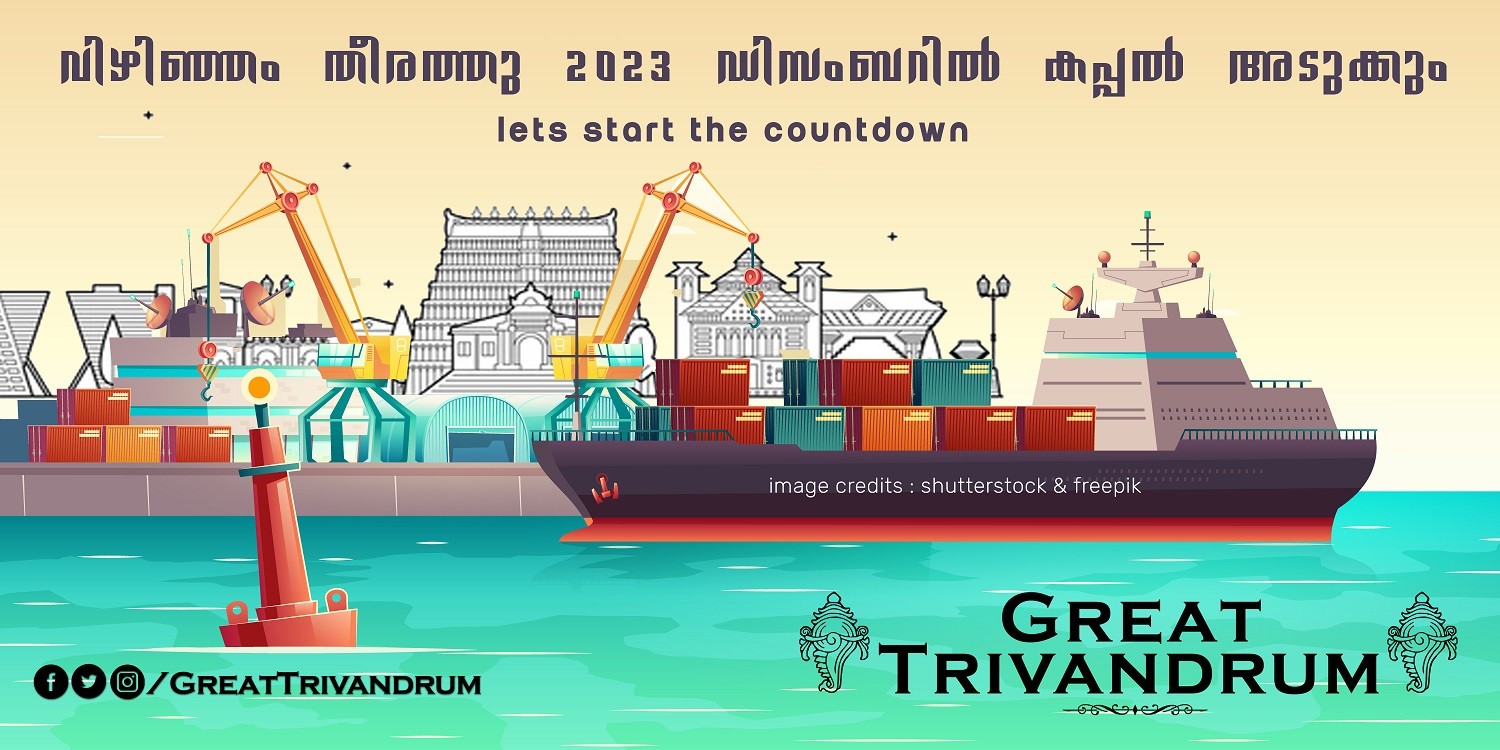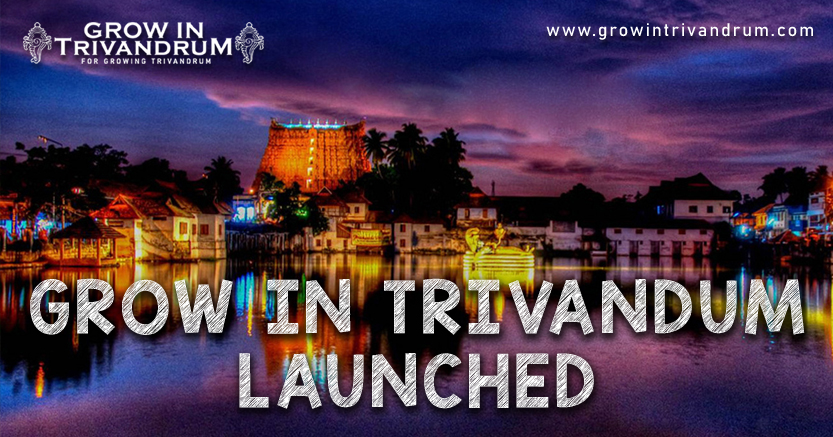The pace at which India is developing along with a rapid urban expansion, the nation is looking forward to integrate the technological innovations for managing the larger populations and utilise their economic potential. The Government will have to improve its capabilities at all levels to accelerate future urban development efforts.
Launched under Prime Minister Narendra Modi in 2015, the “Smart Cities Mission” is an ambitious multiyear effort to boost economic development, technological innovation and sustainable growth across 100 cities.
Learning from previous national urbanization initiatives, the Smart Cities Mission promises to simultaneously improve the infrastructure and built environment in India’s expanding cities while offering a new path to urban fiscal health. If successful, Indian cities will position themselves as clean, modern, and competitive places for years to come.
India is in the midst of an “urban revolution.” According to the 2011 census of India, 31.2 percent of the total population—or 377 million people—lives in urban areas. When it comes to the rate of urbanization, India ranks far behind other emerging economies such as China (45 percent), Brazil (87 percent), and Mexico (78 percent), but is comparable to Burma (34 percent) and Guinea (35 percent). For the most part, over the last century India’s population has resided in rural areas, but this rural-urban divide is shrinking quickly. Share of India’s urban population has risen steadily during the past few decades, jumping from 6.2 percent in 1951 to 31.2 percent in 2011, and it is expected to touch 40 percent by 2031.
Over time, India has adopted a piecemeal approach to enhance city life, including many individual programs sponsored by the central and state governments. Consequently, this approach did not provide a big enough push to fundamentally improve the condition of urban areas. Among the various urbanization initiatives, India’s “Smart Cities Mission” garnered perhaps the most domestic and international attention.
The objective of this initiative is to accelerate core infrastructure improvements in cities, provide a decent quality of life to citizens, offer a clean and sustainable environment, and readily apply “smart” solutions with an area-based” development approach, this initiative differs markedly from previous efforts, which tended to follow a project-based development approach. In turn, a number of unique opportunities and challenges are likely to emerge in particular regions.
Another notable aspect of this initiative is that modernization plans will be implemented through Special Purpose Vehicles (SPVs) rather than ULBs as was previously done in past urbanization initiatives. During both the short and long term, the advantages and disadvantages of SPVs must be weighed carefully, including possible structural shifts and the devolution of urban planning functions to a corporate entity versus a statutory body.
All these big dreams will happen only with a successful partnership between the implementing agencies and the administration. The Local Bodies, the State and Central Government will have to keep their political differences aside and work in unison with the involvement of the public.
We, the citizens of Thiruvananthapuram will have to hold hands and work with a single mind to make this a success!
——————
CA. M R Ranjit Karthikeyan
Partner, Ranjit Karthikeyan Associates
Chartered Accountants
www.rkaglobal.com | +91 949 727 0000
——————

